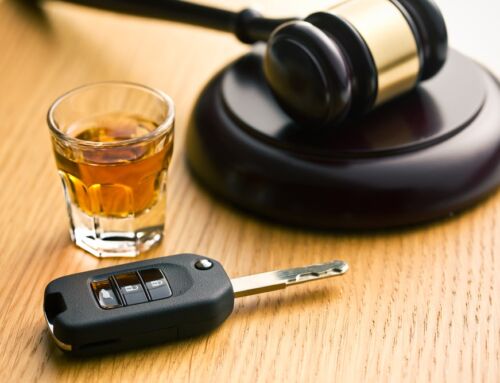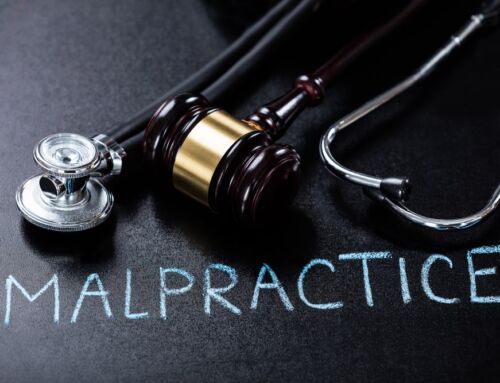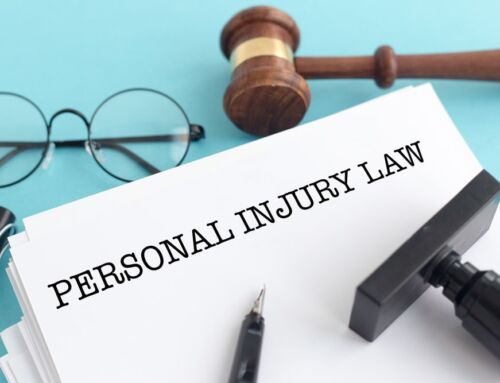Car accidents come in various forms, each presenting its own unique risks and challenges. However, some types of car accidents are hazardous due to factors such as speed, impact force, and the likelihood of severe injuries or fatalities. The following are the most common types of car accidents that each Frankfort, IN car accident lawyer sees in the cases they handle.
Head-On Collisions
Head-on collisions occur when two vehicles traveling in opposite directions collide. These accidents often result in catastrophic injuries or fatalities due to the combined force of the vehicles’ speeds. The impact of a head-on collision can cause occupants to sustain traumatic injuries, including head trauma, spinal cord injuries, and internal organ damage.
Factors contributing to head-on collisions include distracted driving, impaired driving, fatigue, and inclement weather conditions. Additionally, narrow roads, blind curves, and improper passing maneuvers can increase the risk of these accidents. Surviving a head-on collision often depends on using seat belts, airbags, vehicle safety features, and adherence to traffic laws and defensive driving practices.
Side-Impact Collisions (T-Bone Accidents)
Side-impact collisions, also referred to as T-bone accidents, occur when the front of one vehicle strikes the side of another, forming a T shape. These accidents frequently happen at intersections, where one driver fails to yield the right of way or runs a red light or stop sign. Side-impact collisions can be particularly dangerous because they offer less protection to occupants on the impacted side of the vehicle.
The impact of a side-impact collision can cause occupants to suffer severe injuries, such as broken bones, spinal injuries, and traumatic brain injuries. The lack of structural reinforcement on the sides of vehicles makes occupants vulnerable to intrusion from the striking vehicle. Advanced safety features such as side airbags and reinforced side panels can help mitigate the severity of injuries in side-impact collisions.
Rear-End Collisions
Rear-end collisions occur when one vehicle strikes the back of another vehicle traveling in the same direction. These accidents often result from tailgating, distracted driving, sudden braking, or adverse weather conditions. While rear-end collisions are typically associated with lower speeds than head-on collisions, they can still cause significant injuries, especially in high-speed rear-end crashes or collisions involving large vehicles.
Common injuries sustained in rear-end collisions include whiplash, neck and back injuries, and head injuries. Even at relatively low speeds, the force of impact from a rear-end collision can cause occupants to experience sudden and violent movements, leading to soft tissue injuries and spinal misalignment. To reduce the risk of rear-end collisions, drivers should maintain a safe following distance, stay attentive to the road, and avoid aggressive driving behaviors.
Rollover Accidents
Rollover accidents involve a vehicle overturning onto its side or roof, often due to abrupt maneuvers, such as sharp turns or swerves, or external factors like uneven road surfaces or collision impact. Rollover accidents are particularly hazardous due to the risk of ejection and the potential for the vehicle’s roof to collapse, leading to crushing injuries or fatalities.
Due to their higher center of gravity, sport utility vehicles (SUVs), trucks, and vans are more prone to rollover accidents. However, any car can potentially roll over under certain conditions. Occupants involved in rollover accidents may sustain severe injuries, including head trauma, spinal cord injuries, and internal organ damage. Seat belts, electronic stability control systems, and rollover protection features can help mitigate the risk of injury in rollover accidents.
Call Our Office For Legal Help
If you have been injured in a crash, call Hall-Justice Law Firm LLC to schedule a free consultation and find out what legal options you may have to collect damages for the losses your injuries have caused.





